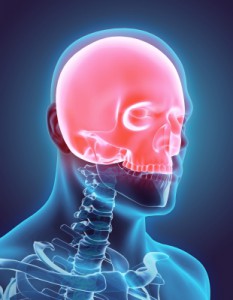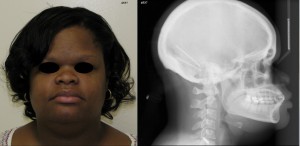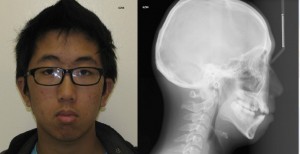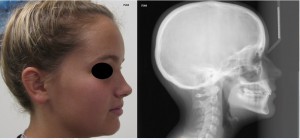By Dr. Tarek O. Zaki, D.D.S.

Did you know that the shape of your face can help determine the best orthodontics treatment?
When examining a case for orthodontic treatment, a trained orthodontist will be checking if the patient has a broad face (brachycephalic), an average face (mesocephalic) or a long face (dolichocephalic). Actress and comedian Carol Burnett is an example of a long face. Believe it or not, your facial type has a direct effect on how your jaws and teeth relate to one another. Long faced patients are more prone to have crowded teeth, narrow jaws and less of an overbite. People with broad jaws are more likely to have spaces between their teeth and a much deeper bite (where the top front teeth would completely cover the bottom front teeth upon closure).
What Type of a Face Do you Have?
Different facial types are important to take into consideration, especially if the patient is growing. In the case of a growing broad-faced child, we can predict that the lower jaw will grow forward to an above-average extent. To push back the upper front teeth might not be a sound treatment plan for such a case. Upper tooth extraction would be even less likely. Allowing and encouraging the lower jaw to grow forward (by using functional appliances) is how state-of-the-art orthodontics would be used to treat such a case.
The opposite holds true for long faced individuals where the lower jaw may be more prone to grow in a direction that is more downward than forward, thus making the chin appear further backward.
There are many other factors, of course, that come into play when we look at what causes the crowding or spacing of teeth. Inheriting one parent’s narrow jaws and the other’s wide teeth often may be the cause of crowding. On the other hand, inheriting one parent’s wide jaws and the other’s narrow teeth may be the cause for spacing. The size of the tongue and its range of motion may play a dominant role also. A large tongue can push the teeth outwards, thus creating spaces.
In conclusion, good orthodontists must look far beyond the “crooked teeth” when considering what kind of a treatment plan should be scripted. Every patient should be treated in accordance with his or her own individual conditions.
Brachycephalic

Dolichocephalic

Mesocephalic

Zaki Orthodontics in Virginia Beach Virginia is the practice of Dr. Tarek O. Zaki, D.D.S. He is an experienced orthodontist providing braces, Invisalign® and other orthodontic services to Virginia Beach and the surrounding cities in Hampton Roads, including Norfolk, Chesapeake, Suffolk and Portsmouth Virginia. Dr. Zaki offers free, comprehensive, 2nd opinion examinations. For a full list of Zaki Orthodontics’ treatments and services click here. Click here to request an appointment online or call for a consultation. 757-416-1100
3D Illustration courtesy of FreeDigitalPhotos.net by yodiyim
